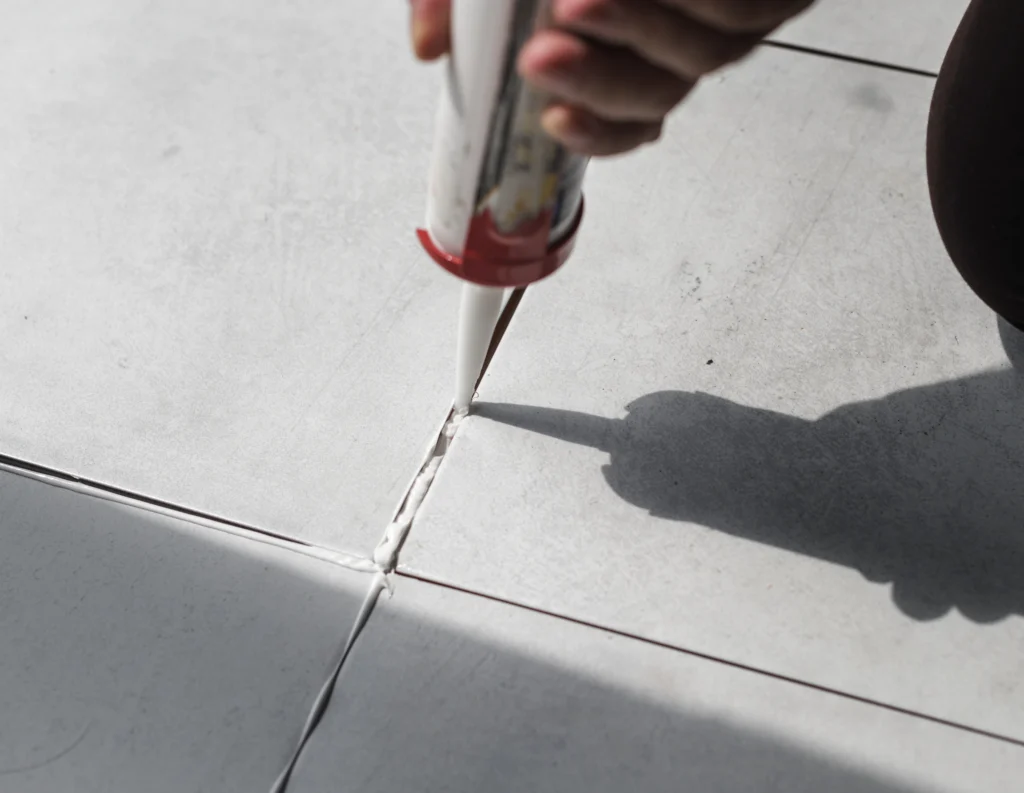Concrete expansion joint fillers are crucial components in keeping the integrity and life of concrete structures, such as driveways, sidewalks, and parking lots. In this comprehensive guide, we’ll explore the importance of expansion joint fillers, how they work, and the different options available to suit your needs.
What Are Concrete Expansion Joint Fillers:
Concrete expansion joint fillers are materials used to fill gaps or joints in concrete structures, allowing for movement caused by temperature changes, moisture fluctuations, and other factors. These fillers help prevent cracks, spalling, and other forms of damage by accommodating the expansion and contraction of concrete.
Types of Expansion Joint Fillers:
Polyurethane Sealants:
- Polyurethane sealants are flexible and durable, making them the best choice for high-traffic areas like driveways and sidewalks.
- They adhere well to concrete surfaces and provide excellent resistance to weathering and UV exposure.
- Polyurethane sealants come in various colors to match the aesthetics of the concrete.
Silicone Sealants:
- Silicone sealants offer superior flexibility and adhesion, making them suitable for both horizontal and vertical expansion joints.
- They have excellent weather resistance and can withstand extreme temperatures without losing their elasticity.
- Silicone sealants are available in a large selection of colors and are easy to apply.
Butyl Rubber Sealants:
- Butyl rubber sealants are highly flexible and can accommodate significant movement in expansion joints.
- They provide excellent adhesion to concrete surfaces and are resistant to water and chemicals.
- Butyl rubber sealants are often used in commercial and industrial applications where heavy-duty performance is required.
Cost Considerations:
The cost of concrete expansion joint fillers varies depending on the type of material, brand, and quantity needed for the project. On average, you can expect to pay between $1 to $3 per linear foot for polyurethane or silicone sealants. Butyl rubber sealants may be slightly more expensive, ranging from $2 to $4 per linear foot. Keep in mind that labor costs for installation may also affect the overall project cost.
Benefits of Using Expansion Joint Fillers:
- Prevent Cracks and Damage: Expansion joint fillers help reduce the risk of cracks and damage caused by concrete expansion and contraction.
- Improve Aesthetic Appeal: Fillers come in various colors and finishes, allowing you to enhance the appearance of your concrete surfaces.
- Extend Lifespan: By reducing stress on concrete joints, expansion joint fillers can help extend the lifespan of your driveway, sidewalk, or parking lot.
- Minimize Maintenance: Properly installed fillers require minimal maintenance, saving you time and money on repairs in the long run.
Installation Process of Expansion Joint Fillers:
Proper installation of expansion joint fillers is essential to ensure optimal performance and longevity. The process typically involves the following steps:
- Preparation: Clean the expansion joints thoroughly to remove debris, dust, and old filler material.
- Application: Applying a bonding agent or primer to enhance adhesion between the filler and concrete surface.
- Insertion: Place the expansion joint filler into the prepared joint, ensuring a snug fit without overfilling.
- Smoothing: Use a tool or trowel to smooth out the filler material and create a uniform surface.
- Cure Time: Allow the filler to cure according to the manufacturer’s recommendations before subjecting it to heavy traffic or loads.
FAQs:
What is the purpose of expansion joint fillers?
Expansion joint fillers accommodate the movement of concrete caused by temperature changes and prevent cracks and damage.
How often should expansion joint fillers be replaced?
Expansion joint fillers should be inspected regularly and replaced if they show signs of wear or deterioration, typically every 5 to 10 years.
Can expansion joint fillers be installed DIY?
While some homeowners may attempt to install expansion joint fillers themselves, professional installation is recommended for optimal results and longevity.
Do expansion joint fillers come in different colors?
Yes, expansion joint fillers are available in various colors to match the aesthetics of the concrete surface.
Can expansion joint fillers be used in cold climates?
Yes, many expansion joint fillers are designed to withstand extreme temperatures and weather conditions, making them suitable for use in cold climates.
How long does it take for driveway expansion joint fillers to cure?
The curing time for expansion joint fillers varies depending on the material and environmental conditions but typically ranges from 24 to 72 hours.
Conclusion:
Concrete expansion joint fillers are essential for playing a big part in maintaining structural integrity and the appearance of concrete surfaces. By choosing the right filler and ensuring proper installation, you can protect your driveway, sidewalk, or parking lot from damage and prolong its lifespan. Invest in quality expansion joint fillers today to enjoy long-lasting, durable concrete surfaces for years to come.

